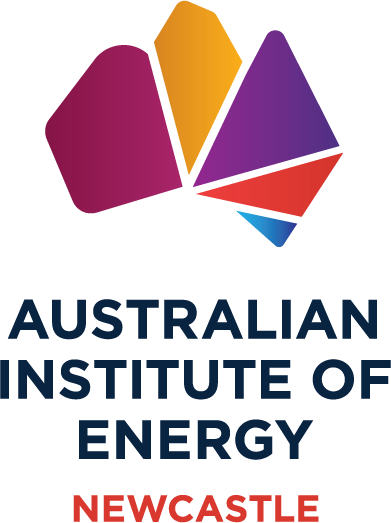Solid-state storage breakthrough could significantly reduce hydrogen fuel cell charging times
Collaborators from the University of Technology Sydney (UTS) and Queensland University of Technology (QUT) have developed a new method to improve solid-state hydrogen fuel cell charging times.

Hydrogen is gaining significant attention as an efficient way to store 'green energy' from renewables such as wind and solar. Compressed gas is the most common form of hydrogen storage, however it can also be stored in a liquid or solid state.
Dr Saidul Islam, from the University of Technology Sydney, said solid hydrogen storage, and in particular metal hydride, is attracting interest because it is safer, more compact, and lower cost than compressed gas or liquid, and it can reversibly absorb and release hydrogen.
“Metal hydride hydrogen storage technology is ideal for onsite hydrogen production from renewable electrolysis. It can store the hydrogen for extended periods and once needed, it can be converted as gas or a form of thermal or electric energy when converted through a fuel cell,” said Dr Islam.
“Applications include hydrogen compressors, rechargeable batteries, heat pumps and heat storage, isotope separation and hydrogen purification. It can also be used to store hydrogen in space, to be used in satellites and other 'green' space technology,” he said.
However, a problem with metal hydride for hydrogen energy storage has been its low thermal conductivity, which leads to slow charging and discharging times.
To address this the researchers developed a new method to improve solid-state hydrogen charging and discharging times. The study: Design optimization of a magnesium-based metal hydride hydrogen energy storage system, was recently published in the journal Scientific Reports.












